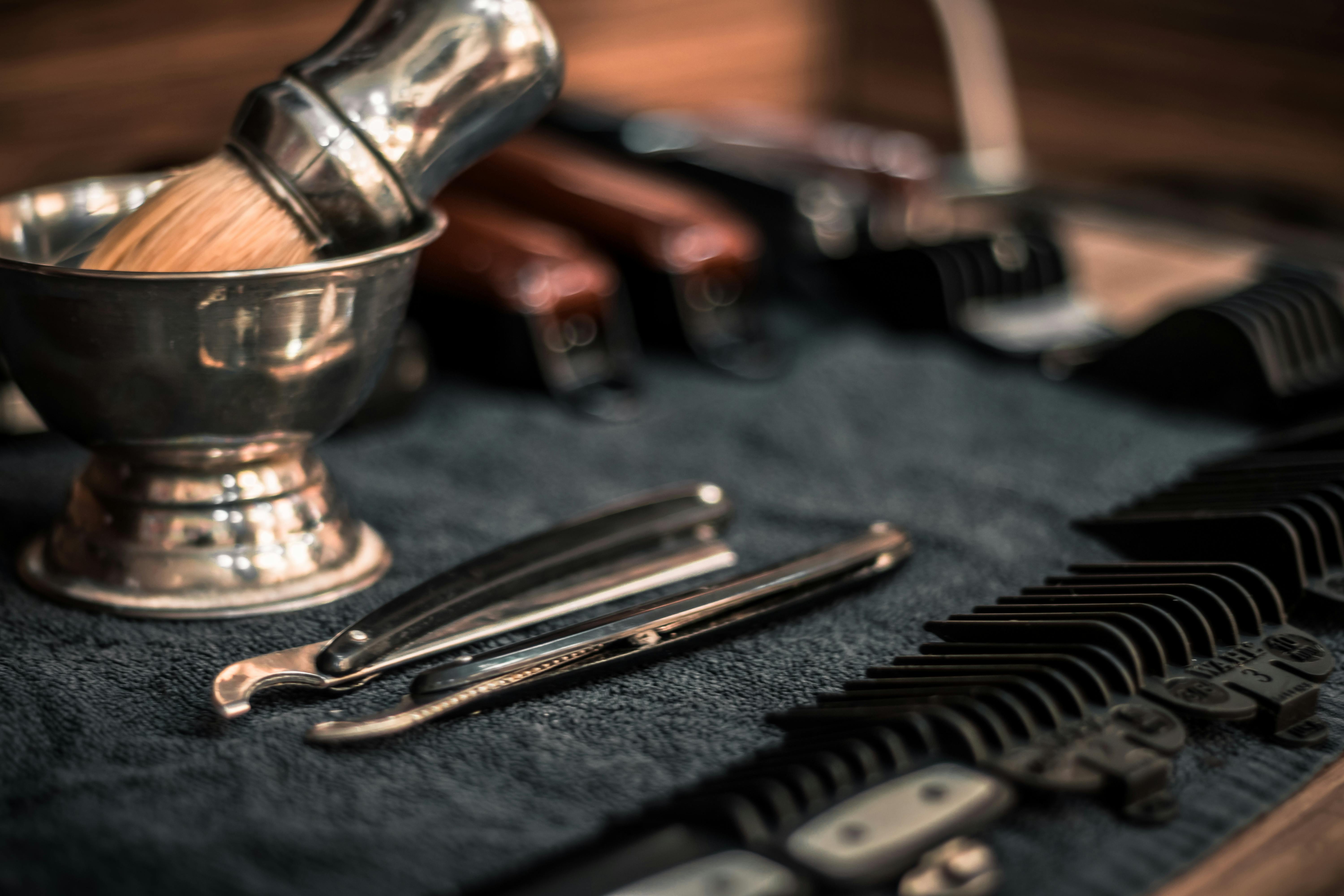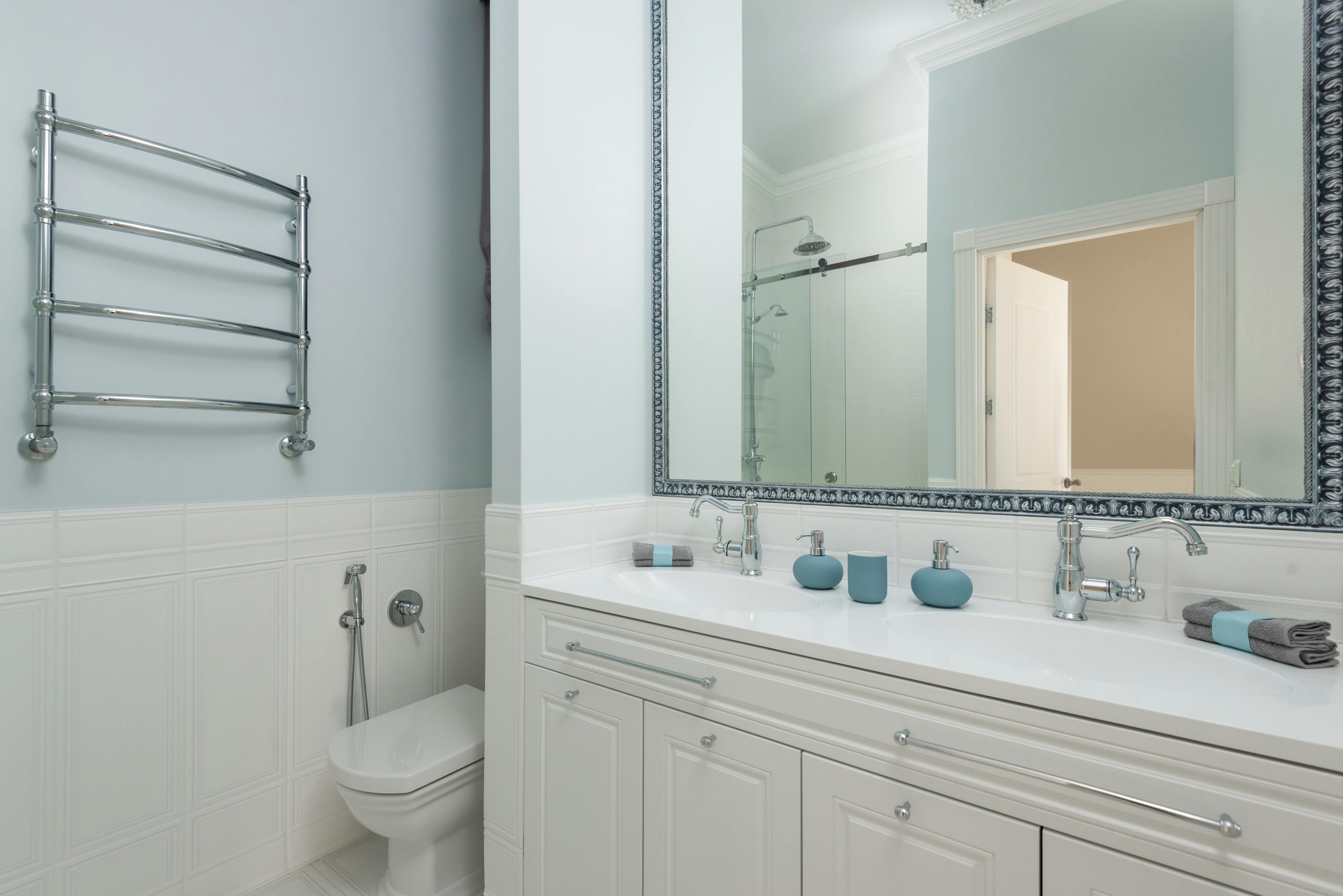Cleaning a stainless steel tea kettle is an essential part of maintaining its long-term health and performance. It’s important to keep your tea kettle in top condition, as regular cleaning will help extend the life of your appliance and ensure that it continues to heat water effectively. In this guide, we’ll provide step-by-step instructions on how to properly clean a stainless steel tea kettle so that you can keep it looking and performing like new.To clean a stainless steel tea kettle, you will need dish soap, warm water, a sponge or cloth, and baking soda (optional).
Preparing The Kettle For Cleaning
Cleaning your electric kettle is important to keep it in good working order and to ensure that it remains safe to use. To get the best results when cleaning your kettle, you should first prepare the kettle for cleaning. This involves removing any limescale buildup, emptying out any water that’s left in the kettle, and ensuring that all parts are properly cleaned and dried before reassembling the kettle for future use.
To remove limescale buildup from inside the kettle, you can use a limescale remover or a vinegar solution. Fill up the kettle with equal parts of water and either limescale remover or vinegar solution, and let it soak for a few hours before emptying out the mixture. Then rinse out the interior of the kettle with clean water until all traces of limescale have been removed.
Next, empty out any remaining water from inside the kettle before you begin cleaning its exterior. Use a damp cloth to wipe down both sides of the exterior as well as all handles and knobs on the lid. If there are stubborn spots that won’t come off with just a damp cloth, then you can use an appropriate cleaning solution to remove them.
Finally, be sure to clean and dry all removable parts such as filters or spouts before reassembling them onto your electric kettle for future use. If any parts are damaged or worn out then they should be replaced before using your electric kettle again to ensure its safe operation.
Boiling Water
Boiling water is one of the simplest and most effective cooking techniques. It is a versatile method that can be used to cook a variety of foods, from vegetables to pasta and potatoes. Boiling water has a number of advantages over other cooking methods, including its quick preparation time, its inexpensive cost, and its ability to evenly cook food. To boil water correctly, it is important to bring the water to a rolling boil before adding any food ingredients or seasonings. This ensures that the food will be cooked through evenly and thoroughly. Once the boiling process has begun, it is important to keep an eye on the pot to ensure that it does not boil over or burn. Boiled water can also be used for many other purposes such as making tea or coffee, sterilizing utensils or dishes, or even cleaning fruits and vegetables. Boiling water is an essential kitchen technique and should be practiced frequently for best results.
Draining The Kettle
Draining the kettle is an important part of regular cleaning and maintenance that you should do at least every six months. This will help keep your kettle in good condition and help it last longer. To properly drain your kettle, you will need to unplug it from the power source and then pour out any remaining water inside the tank. If there is a filter, remove it and clean it as per manufacturer’s instructions. You may also want to use a soft cloth to wipe down the interior of the tank before proceeding with draining.
Once you are ready to begin draining the kettle, locate the drain plug at the bottom of the tank. Place a bucket or bowl under the plug so that any water can be collected as it drains out. Gently unscrew the plug and allow any water to drain out until no more comes out. Be sure to secure the plug when finished, so no more water can come in or out of the kettle.
When finished draining your kettle, you can now proceed with cleaning or other maintenance tasks if necessary. It is important to remember to always unplug your appliance before attempting any cleaning or maintenance tasks for safety reasons. Keep your kettle in good condition by following these steps for regular draining and cleaning!
Step 1: Prepare the Area
Before you start the cleaning process, make sure to prepare the area by removing all furniture from the room. Sweep or vacuum the floor to remove any dust and debris. Then, damp mop the floor with a mild detergent and hot water. This will help to loosen any dirt and make it easier to clean when you apply the cleaning solution.
Step 2: Select a Carpet Cleaner
Choose a carpet cleaner that is designed for your type of carpet. There are several types of carpet cleaners on the market, so select one that is specifically made for your particular type of carpet. Make sure to read all instructions before use.
Step 3: Add Cleaning Solution
Once you’ve chosen a cleaner, add it according to directions on the bottle. Make sure to follow all instructions carefully and use only as much cleaner as needed for your particular area. After adding the cleaning solution, allow it to sit on the carpet for at least five minutes before proceeding with cleaning.

Step 1: Prepare The Kettle
Begin by emptying out the kettle and cleaning it thoroughly with a damp cloth. Make sure all dirt and debris is removed from both the interior and exterior of the kettle. Also, inspect the base of the kettle to make sure that it is free from any dust or dirt. Once the kettle is clean, fill it up with fresh water and set it aside.
Step 2: Add The Cleaning Solution
The next step is to add a cleaning solution specifically designed for kettles. You can either purchase a cleaning solution online or make your own using white vinegar and baking soda. If you choose to use white vinegar, mix one part white vinegar with two parts water in a bowl, then add this mixture to the kettle. If you would prefer to use baking soda, simply add two tablespoons of baking soda into the water-filled kettle.
Step 3: Boil The Kettle
After adding the cleaning solution, bring the water in the kettle to a boil. Allow it to boil for 15 minutes before turning off heat and allowing it to cool down completely. Once cooled, pour out any remaining liquid.
Step 4: Scrub The Kettle
Once cooled, grab an old toothbrush or soft-bristled brush and scrub away any lingering residue or build-up on both the interior and exterior of your kettle. Be sure to scrub gently so as not to damage any surfaces. Once finished, rinse off your kettle with warm water and dry it completely before putting it back on its base or storing away for future use.
Step 1: Empty The Kettle
Begin by removing all the water from the kettle. Unplug the kettle and then pour out all the remaining water. Gently shake the kettle to remove any excess water that may remain in the spout or around the sides of the kettle.
Step 2: Clean The Exterior
Using a damp cloth, gently wipe down the exterior of the kettle to remove any dust or dirt build-up. Be sure to pay special attention to any areas where water may have splashed or spilled, as this can be a breeding ground for bacteria and mould.
Step 3: Remove Mineral Deposits
Fill the kettle up with equal parts white vinegar and water, then let it sit for at least an hour. After an hour has passed, turn on your kettle and allow it to come to a boil. Once boiling, turn off your kettle and let it sit for a few minutes before pouring out the vinegar solution.
Step 4: Clean The Spout
Use a cotton swab or old toothbrush dipped in vinegar or baking soda solution to clean out any mineral deposits that may have built up inside of your spout over time. Make sure you get into all of those hard-to-reach places!
Step 5: Rinse The Kettle
Once you’ve finished cleaning your spout, fill up your kettle with fresh water and place it back on its base. Turn on your kettle and let it come to a boil before turning it off again and pouring out all of the fresh water. This will help remove any residual cleaning solutions that may still be present in your pot.
Step 1: Collect The Necessary Ingredients
To make the perfect cup of tea, you need to have all the necessary ingredients at hand. Start by gathering together tea leaves, sugar, and boiling water. Depending on your preference, you may also want to add herbs or spices such as ginger, cardamom, or cinnamon. Once you have all your ingredients ready to go, you can begin making your tea.
Step 2: Measure and Add Tea Leaves
Using a teaspoon or measuring spoon, measure out enough tea leaves for one cup of tea. Place them in the bottom of a teapot or a mug of your choice. If you are using loose-leaf tea, be sure to use a strainer when pouring the hot water over it.
Step 3: Boil Water
Fill a pot with fresh cold water and bring it to a rolling boil. Boiling the water is essential for unlocking the full flavor of the tea leaves. Once it reaches a rolling boil, remove from heat and let it cool slightly before pouring over the tea leaves.
Step 4: Add Sugar
Now add sugar according to your taste preferences. You can use white sugar, brown sugar or honey as sweeteners. Stir until all the sugar has dissolved.
Step 5: Pour Hot Water Over Tea Leaves
Once your water has cooled slightly (about 90°C), slowly pour it over the tea leaves in your teapot or mug until it is filled up to two-thirds full. If you are using herbal teas such as chamomile or rooibos, you will need to steep them longer than traditional black teas.
Step 6: Fill With Fresh Water And Boil Again
Once you have steeped your tea for four minutes (for black teas) or six minutes (for herbal teas), fill up your teapot or mug with fresh boiling water and let it steep once more for an additional four minutes (for black teas) or six minutes (for herbal teas). This will ensure that all of the flavors are fully extracted from the leaves and that your cup of tea is perfectly balanced and flavorful.

Conclusion
Cleaning a stainless steel tea kettle is easy and quick to do. All that is required is some vinegar or baking soda, a sponge or cloth, and a few minutes of your time. With regular cleaning, you can keep your tea kettle looking and functioning like new for many years. It’s an essential part of any kitchen and should be taken care of properly. With just a little bit of effort, you can ensure that your stainless steel tea kettle will last you for many years to come.
So if you’re ready to get started on making sure your stainless steel tea kettle looks its best, follow the steps outlined in this guide. You’ll be glad you did!
